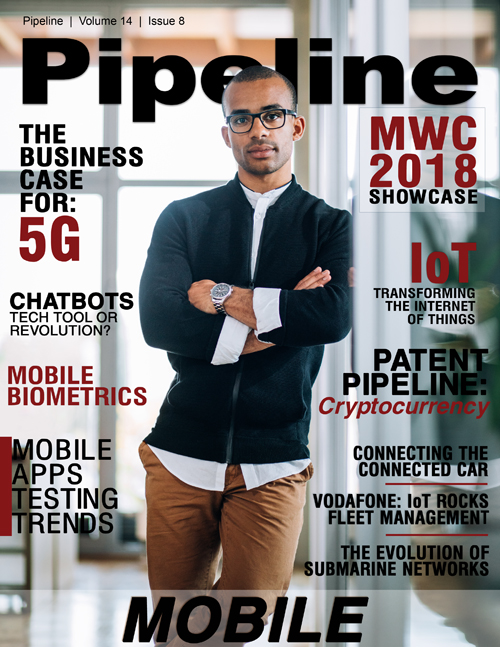Transforming the Business Model of the IoT
- Processes – to be effective at turning customer insights into action requires a focus on the customer - their engagements, their experiences and their preferences - and less internal focus on running massive IT departments.
- Product/technology – includes a shift from back-office "systems of record" to front-office "systems of engagement" as well as looking outward to engage with a wider ecosystem of partners to deliver a single, streamlined service.
The result of aligning people, process and product include significant overhauling of operating costs, vastly improved time to market, and elevated customer experiences. Many CSPs are only too aware of their need for these potential benefits, but the pace of competing in the digital services world can make it difficult to design and navigate a transformation from the inside. We’re starting to see CSPs leveraging managed services as an enabler of business model transformation because, while underlying technology is key, transforming technology on its own it is not enough. Business outcomes can only be realized with a proper transformation of people, process and product, and a managed service helps “de-risk” transformation with a comprehensive service design that considers more than feature/function. More importantly, a managed service doesn’t just highlight potential business benefits, but it commits to business outcomes.
Aligning to compete in a borderless marketplace
While we can align people, process and product for the continuing growth opportunity of the IoT, it is still unclear which IoT business models will be most successful. Digitization is causing a radical reordering of traditional industry boundaries, meaning that the very definition of an IoT “service provider” could fundamentally change. CSPs are starting to think seriously about cross-sector opportunities as well as existential threats that may lurk across boundaries.
Where there is data generated by the IoT, there is a service to be provided, and CSPs will need the ability to play internationally, across many segments, and spend less time on OSS/BSS, connectivity, devices and more time building ecosystems and partnerships to tap into various IoT segments. Done right, CSPs will either acquire "end legs" of the IoT chain, or partner for them. For example, sell outpatient monitoring solutions to medical centers, or sell connected livestock solutions to farms. Done incorrectly, the CSP will merely be a connectivity point in the chain of IoT services.
The ability to adapt quickly in this borderless, evolving space is paramount, as is the ability to quickly try, halt, and/or scale various ideas. The cloud is the enabling platform of speed and agility – moving BSS to the cloud in particular can provide a lift in speed, scale and reduced operational cost as well as improved ability to white label solutions, bill-on-behalf-of, manage a value chain and settle revenues with multiple parties in the ecosystem.
Lastly, and perhaps most importantly, to attract the right partners and secure a place at the top of the value chain, CSPs need to be able to effectively manage the data. The top of the IoT value chain will be made of providers that can collect and apply meaning to data in ways that offer insights into customer behavior, and can inform decisions about which services to continue and which to sunset.
The world is continually moving faster, and digitalization is now pushing us into hyper-speed! To drive revenue from the IoT requires a back-end infrastructure that can support a labyrinth of B2B2X relationships, provide a simplified way to deliver any IoT business model, and put into place the processes and systems needed to seize revenue opportunities — and do it all extremely fast. It means rethinking, and ultimately changing, services and the underlying support systems that allow offers to be targeted and sold to new and existing customers (whether consumers or enterprises, or a chain of enterprises who contribute to a service), and then monetize and settle the subscriptions to link connected service to actual revenue. At the heart of it all is data — and aligning people, processes and products to focus on the data-driven, connected future.
Are you aligned to capitalize on the IoT?



















